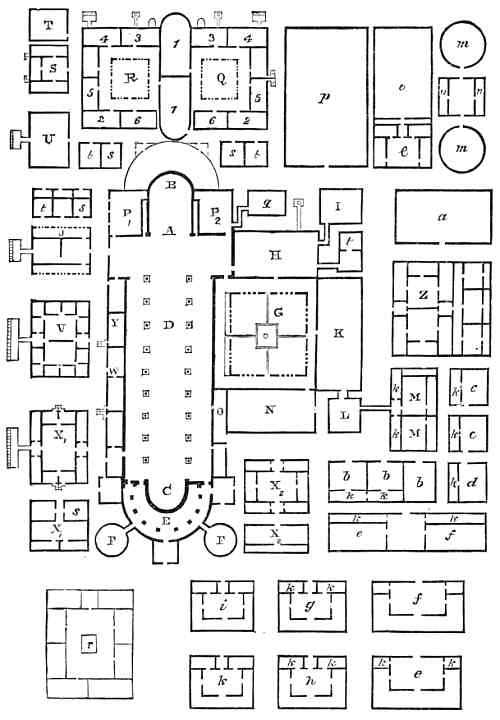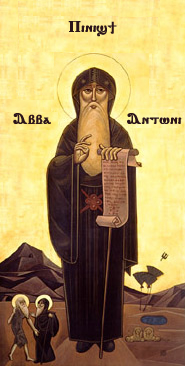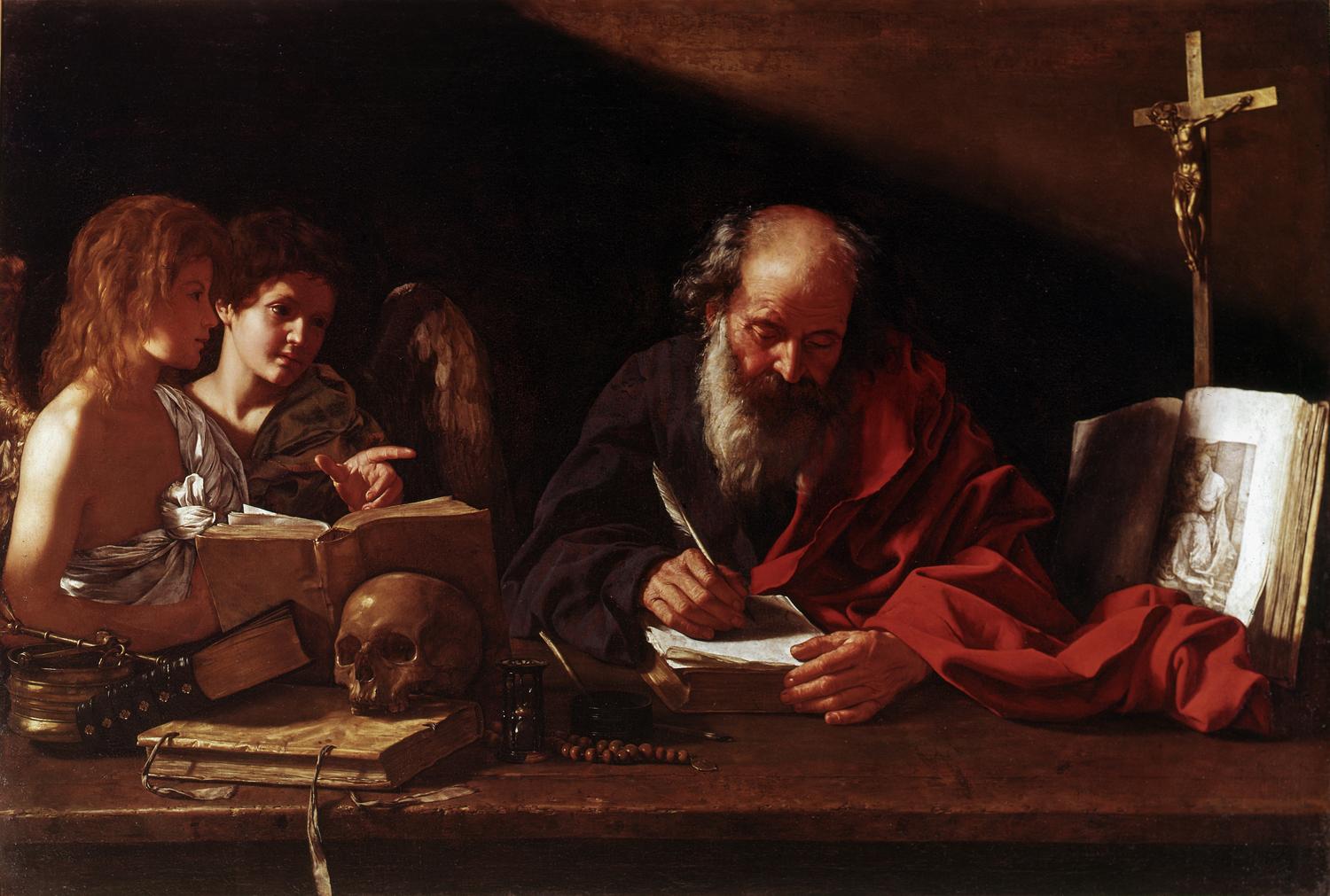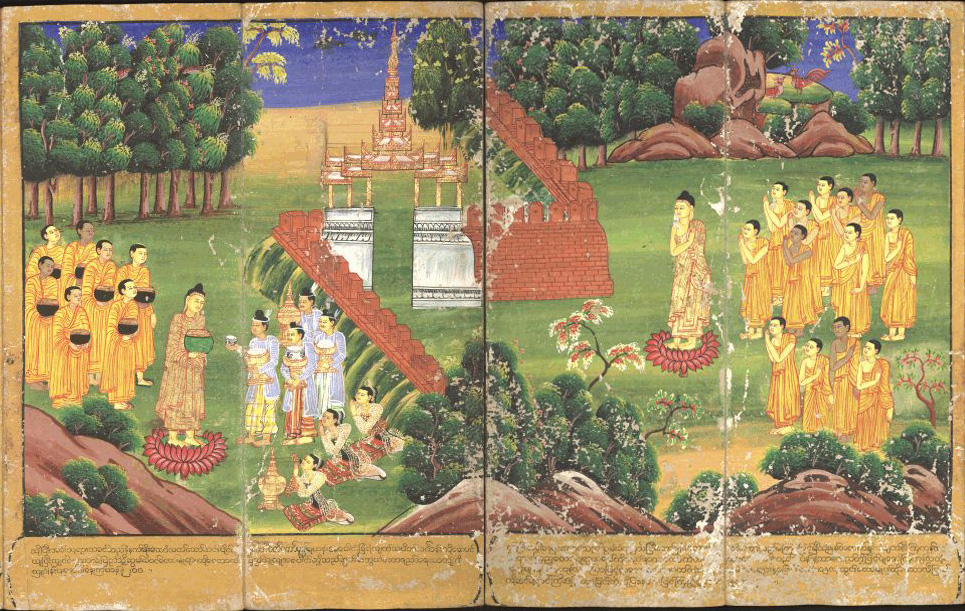|
Monastic
Monasticism (; ), also called monachism or monkhood, is a religious way of life in which one renounces worldly pursuits to devote oneself fully to spiritual activities. Monastic life plays an important role in many Christian churches, especially in the Catholic, Orthodox and Anglican traditions as well as in other faiths such as Buddhism, Hinduism, and Jainism. In other religions, monasticism is generally criticized and not practiced, as in Islam and Zoroastrianism, or plays a marginal role, as in modern Judaism. Many monastics live in abbeys, convents, monasteries, or priories to separate themselves from the secular world, unless they are in mendicant or missionary orders. Buddhism The Sangha or community of ordained Buddhist bhikkhus (Pali ''bhikkhu'', like Sanskrit ''bhikṣu'', means 'mendicant; one who lives by alms'), and original bhikkhunīs (nuns) were founded by the Buddha during his lifetime over 2500 years ago. This communal monastic lifestyle grew out of t ... [...More Info...] [...Related Items...] OR: [Wikipedia] [Google] [Baidu] |
Monastery
A monastery is a building or complex of buildings comprising the domestic quarters and workplaces of Monasticism, monastics, monks or nuns, whether living in Cenobitic monasticism, communities or alone (hermits). A monastery generally includes a place reserved for prayer which may be a chapel, Church (building), church, or temple, and may also serve as an Oratory (worship), oratory, or in the case of Cenobium, communities anything from a single building housing only one senior and two or three junior monks or nuns, to vast complexes and estates housing tens or hundreds. A monastery complex typically comprises a number of buildings which include a church, dormitory, cloister, refectory, library, Wiktionary:balneary, balneary and Hospital, infirmary and outlying Monastic grange, granges. Depending on the location, the monastic order and the occupation of its inhabitants, the complex may also include a wide range of buildings that facilitate self-sufficiency and service to the commun ... [...More Info...] [...Related Items...] OR: [Wikipedia] [Google] [Baidu] |
Asceticism
Asceticism is a lifestyle characterized by abstinence from worldly pleasures through self-discipline, self-imposed poverty, and simple living, often for the purpose of pursuing Spirituality, spiritual goals. Ascetics may withdraw from the world for their practices or continue to be part of their society, but typically adopt a Frugality, frugal lifestyle, characterised by the renunciation of Economic materialism, material possessions and physical pleasures, and also spend time fasting while concentrating on the practice of religion, prayer, or meditation. Some individuals have also attempted an ascetic lifestyle to free themselves from addictions to things such as Alcoholic beverage, alcohol, tobacco, Drug, drugs, entertainment, Sexual intercourse, sex, food, etc. Asceticism has been historically observed in many religious and philosophical traditions, most notably among Ancient Greek philosophy, Ancient Greek philosophical schools (Epicureanism, Gymnosophists, Gymnosophism, Stoic ... [...More Info...] [...Related Items...] OR: [Wikipedia] [Google] [Baidu] |
Bhikkhunī
A bhikkhunī (, ) is a fully ordained Buddhist nun. Bhikkhunīs live by the Vinaya, a set of either 311 Theravada, 348 Dharmaguptaka, or 364 Mulasarvastivada school rules. Until recently, the lineages of female monastics only remained in Mahayana Buddhism and thus were prevalent in countries such as Buddhism in China, China, Korean Buddhism, Korea, Buddhism in Taiwan, Taiwan, Buddhism in Japan, Japan, and Buddhism in Vietnam, Vietnam, while a few women have taken the full monastic vows in the Theravada and Vajrayana schools. The official lineage of Tibetan Buddhism, Tibetan Buddhist bhikkhunīs recommenced on 23 June 2022 in Bhutan when 144 nuns, most of them Bhutanese, were fully ordained.DAMCHÖ DIANA FINNEGAN and CAROLA ROLOFF (BHIKṢUṆĪ JAMPA TSEDROEN). "Women Receive Full Ordination in Bhutan For First Time in Modern History", ''Lion's Roar'', JUNE 27, 2022. According to the Buddhist Canon, women are as capable of reaching Enlightenment in Buddhism, enlightenment as me ... [...More Info...] [...Related Items...] OR: [Wikipedia] [Google] [Baidu] |
Buddhist Monasticism
Buddhist monasticism is one of the earliest surviving forms of organized monasticism and one of the fundamental institutions of Buddhism. Monks and nuns, called bhikkhu (Pāli, Pali, Skt. bhikshu) and bhikkhuni (Skt. bhikshuni), are responsible for the preservation and dissemination of the Buddha's teaching and the guidance of Buddhist lay people. Three surviving traditions of monastic discipline (Vinaya), govern modern monastic life in different regional traditions: Theravada (Sri Lanka and Southeast Asia), Dharmaguptaka (East Asia), and Mulasarvastivada (Tibet and the Himalayan region). History and development Buddhism originated as a renunciant tradition, practiced by ascetics who had departed from lay life. According to Buddhist tradition, the order of monks and nuns was founded by Gautama Buddha during his lifetime between the fifth and fourth centuries BCE when he accepted a group of fellow renunciants as his followers. The Buddhist monastic lifestyle grew out of the l ... [...More Info...] [...Related Items...] OR: [Wikipedia] [Google] [Baidu] |
Eremitic
A hermit, also known as an eremite (adjectival form: hermitic or eremitic) or solitary, is a person who lives in seclusion. Eremitism plays a role in a variety of religions. Description In Christianity, the term was originally applied to a Christian who lives the eremitic life out of a religious conviction, namely the Desert Theology of the Old Testament (i.e., the 40 years wandering in the desert that was meant to bring about a change of heart). In the Christian tradition the eremitic life is an early form of monastic living that preceded the monastic life in the cenobium. In chapter 1, the Rule of St Benedict lists hermits among four kinds of monks. In the Roman Catholic Church, in addition to hermits who are members of religious institutes, the Canon law (canon 603) recognizes also diocesan hermits under the direction of their bishop as members of the consecrated life. The same is true in many parts of the Anglican Communion, including the Episcopal Church in the Unite ... [...More Info...] [...Related Items...] OR: [Wikipedia] [Google] [Baidu] |
Buddhist
Buddhism, also known as Buddhadharma and Dharmavinaya, is an Indian religion and List of philosophies, philosophical tradition based on Pre-sectarian Buddhism, teachings attributed to the Buddha, a wandering teacher who lived in the 6th or 5th century Before the Common Era, BCE. It is the Major religious groups, world's fourth-largest religion, with about 500 million followers, known as Buddhists, who comprise four percent of the global population. It arose in the eastern Gangetic plain as a movement in the 5th century BCE, and gradually spread throughout much of Asia. Buddhism has subsequently played a major role in Asian culture and spirituality, eventually spreading to Western world, the West in the 20th century. According to tradition, the Buddha instructed his followers in a path of bhavana, development which leads to Enlightenment in Buddhism, awakening and moksha, full liberation from ''Duḥkha, dukkha'' (). He regarded this path as a Middle Way between extremes su ... [...More Info...] [...Related Items...] OR: [Wikipedia] [Google] [Baidu] |
Buddhist Monk In Mae Klang Waterfall
Buddhism, also known as Buddhadharma and Dharmavinaya, is an Indian religion and philosophical tradition based on teachings attributed to the Buddha, a wandering teacher who lived in the 6th or 5th century BCE. It is the world's fourth-largest religion, with about 500 million followers, known as Buddhists, who comprise four percent of the global population. It arose in the eastern Gangetic plain as a movement in the 5th century BCE, and gradually spread throughout much of Asia. Buddhism has subsequently played a major role in Asian culture and spirituality, eventually spreading to the West in the 20th century. According to tradition, the Buddha instructed his followers in a path of development which leads to awakening and full liberation from '' dukkha'' (). He regarded this path as a Middle Way between extremes such as asceticism or sensual indulgence. Teaching that ''dukkha'' arises alongside attachment or clinging, the Buddha advised meditation practices and ... [...More Info...] [...Related Items...] OR: [Wikipedia] [Google] [Baidu] |
Bhikkhu
A ''bhikkhu'' (, ) is an ordained male in Buddhist monasticism. Male, and female monastics (''bhikkhunī''), are members of the Sangha (Buddhist community). The lives of all Buddhist monastics are governed by a set of rules called the pratimokṣa, prātimokṣa or pāṭimokkha, pātimokkha. Their lifestyles are shaped to support their spiritual practice: to live a simple and meditative life and attain Nirvana (Buddhism), nirvana. A person under the age of 20 cannot be ordained as a bhikkhu or bhikkhuni but can be ordained as a samanera, śrāmaṇera or śrāmaṇērī. Definition ''Bhikkhu'' literally means "begging, beggar" or "one who lives by dāna, alms". The historical Buddha, Gautama Buddha, Prince Siddhartha, having abandoned a life of pleasure and status, lived as an alms mendicant as part of his śramaṇa lifestyle. Those of his more serious students who renounced their lives as householders and came to study full-time under his supervision also adopted this lifest ... [...More Info...] [...Related Items...] OR: [Wikipedia] [Google] [Baidu] |
Abbey
An abbey is a type of monastery used by members of a religious order under the governance of an abbot or abbess. Abbeys provide a complex of buildings and land for religious activities, work, and housing of Christians, Christian monks and nuns. The concept of the abbey has developed over many centuries from the early monastic ways of religious men and women where they would live isolated from the lay community about them. Religious life in an abbey may be monastic. An abbey may be the home of an enclosed religious order or may be open to visitors. The layout of the church and associated buildings of an abbey often follows a set plan determined by the founding religious order. Abbeys are often self-sufficient while using any abundance of produce or skill to provide care to the poor and needy, refuge to the persecuted, or education to the young. Some abbeys offer accommodation to people who are seeking retreat (spiritual), spiritual retreat. There are many famous abbeys across ... [...More Info...] [...Related Items...] OR: [Wikipedia] [Google] [Baidu] |
Sangha
Sangha or saṃgha () is a term meaning "association", "assembly", "company" or "community". In a political context, it was historically used to denote a governing assembly in a republic or a kingdom, and for a long time, it has been used by religious associations, including Buddhists, Jains and Sikhs. Given this history, some Buddhists have stated that the tradition of the ''sangha'' represents humanity's oldest surviving democratic institution. In Buddhism, ''sangha'' refers to the monastic communities of ''bhikkhu'' (monks) and '' bhikkhuni'' (nuns). These communities are traditionally referred to as the ''bhikkhu-sangha'' or the ''bhikkhuni-sangha''. As a separate category, those Buddhists who have attained any of the four stages of enlightenment, whether or not they are members of the monastic community, are referred to as the ''āryasaṅgha'' ("noble Sangha"). According to the Theravada school and Nichiren Shoshu Buddhism, the term ''sangha'' does not refer to ... [...More Info...] [...Related Items...] OR: [Wikipedia] [Google] [Baidu] |
Christianity
Christianity is an Abrahamic monotheistic religion, which states that Jesus in Christianity, Jesus is the Son of God (Christianity), Son of God and Resurrection of Jesus, rose from the dead after his Crucifixion of Jesus, crucifixion, whose coming as the Messiah#Christianity, messiah (Christ (title), Christ) was Old Testament messianic prophecies quoted in the New Testament, prophesied in the Old Testament and chronicled in the New Testament. It is the Major religious groups, world's largest and most widespread religion with over 2.3 billion followers, comprising around 28.8% of the world population. Its adherents, known as Christians, are estimated to make up a majority of the population in Christianity by country, 157 countries and territories. Christianity remains Christian culture, culturally diverse in its Western Christianity, Western and Eastern Christianity, Eastern branches, and doctrinally diverse concerning Justification (theology), justification and the natur ... [...More Info...] [...Related Items...] OR: [Wikipedia] [Google] [Baidu] |
Jain Monasticism
Jain monasticism refers to the order of monks and nuns in the Jain community and can be divided into two major Religious denomination, denominations: the ''Digambara'' and the ''Śvētāmbara''. The monastic practices of the two major sects vary greatly, but the major principles of both are identical. Five ''mahāvratas'' (Great Vows), from Mahavira's teachings, are followed by all Jain ascetics of both the sects. Historians believe that a united Jain ''Sangha (Jainism), sangha'' (community) existed before 367 BCE, about 160 years after the ''Moksha (Jainism), moksha'' (liberation) of Mahavira. The community then gradually divided into the major denominations. However, no evidences indicate when the schism between the Digambara, Digambaras and the Śvetāmbara, Śvetāmbaras happened. Terminology ''Digambaras'' use the word ' for male monastics and ''aryika'' for female monastics. ''Svetambara monks'' are also called ''nirgrantha'' (without bonds). ''Śvētāmbaras'' also us ... [...More Info...] [...Related Items...] OR: [Wikipedia] [Google] [Baidu] |












